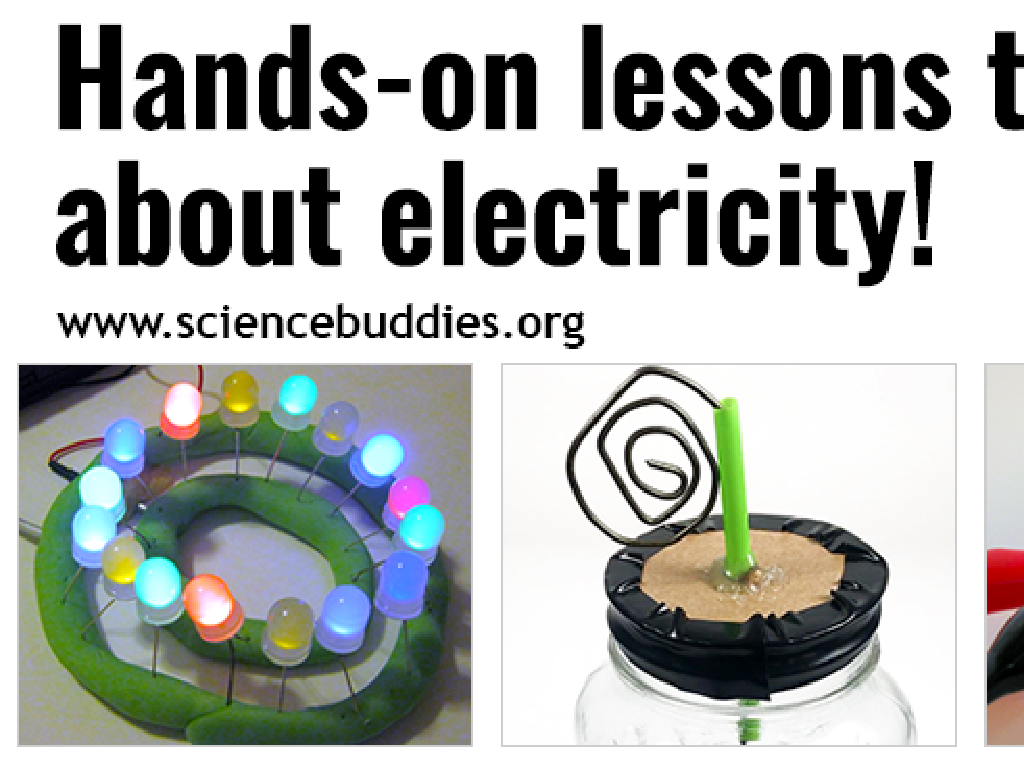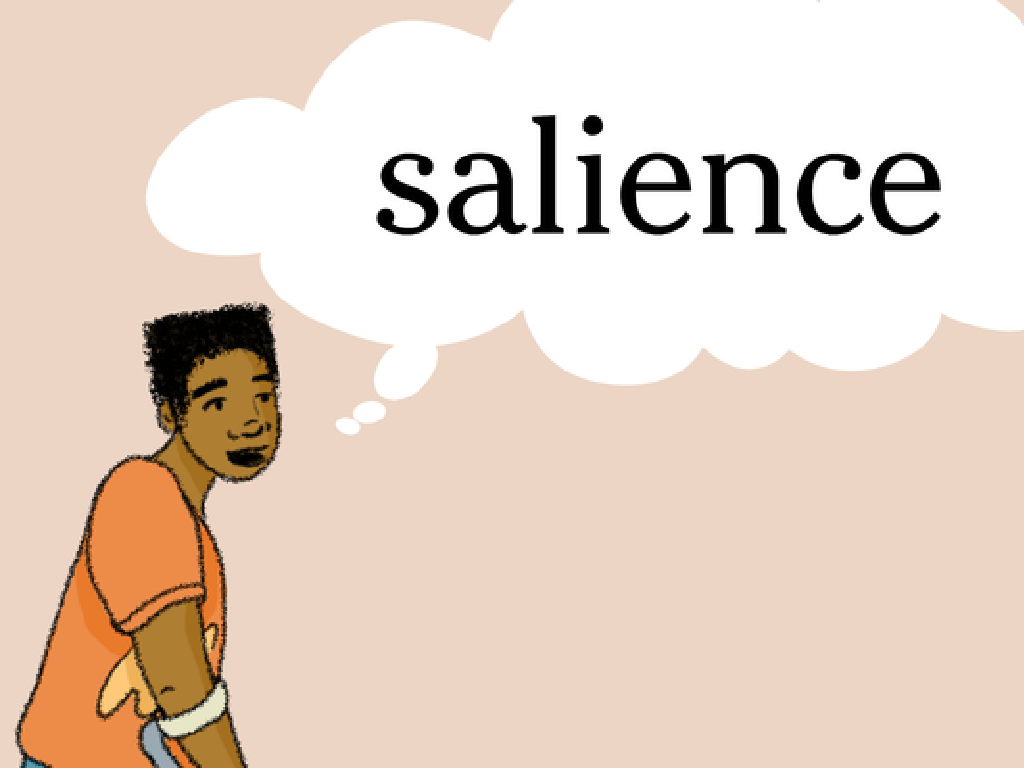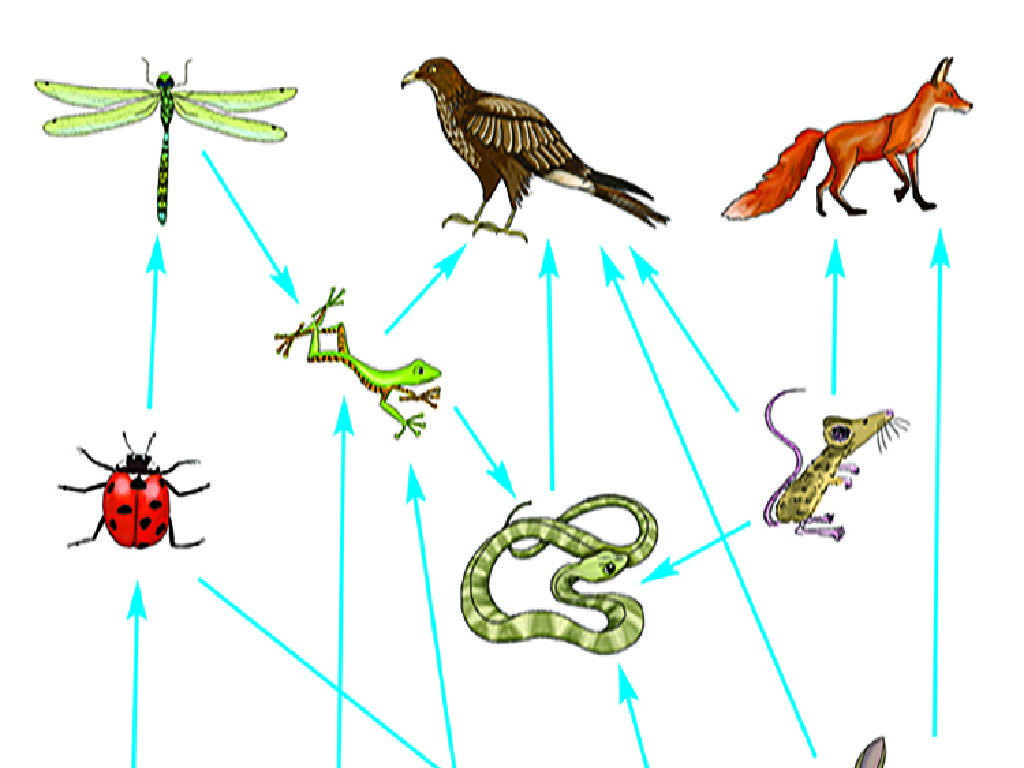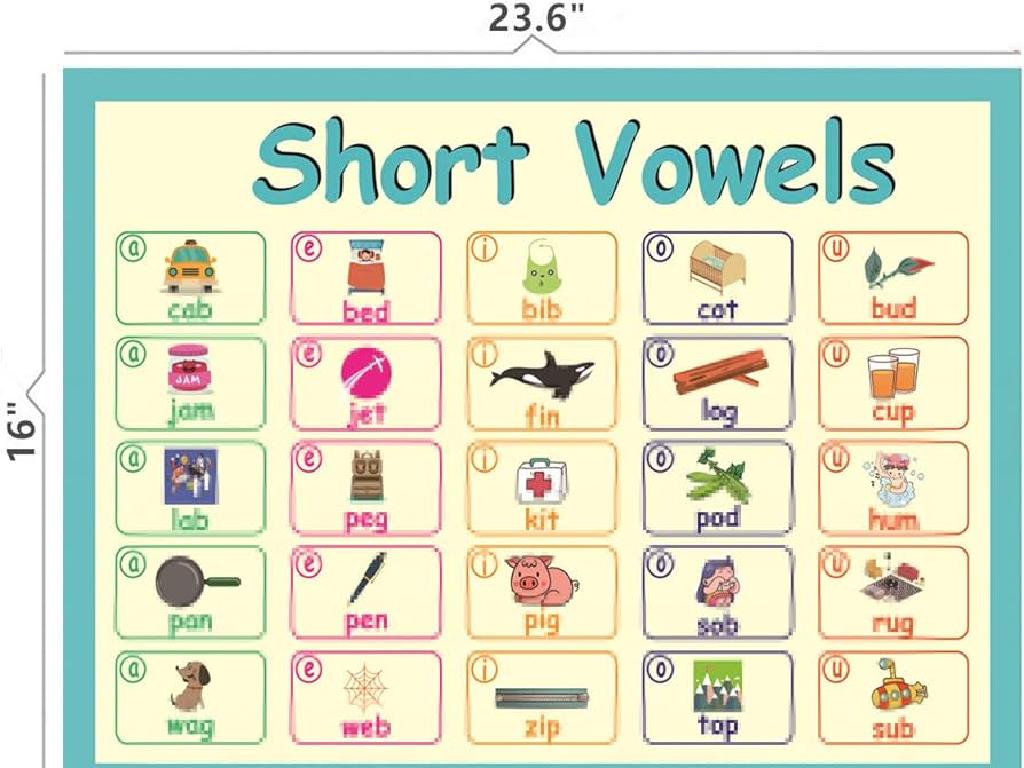Identify The Complete Subject Or Complete Predicate Of A Sentence
Subject: Language arts
Grade: Eighth grade
Topic: Sentences, Fragments, And Run-Ons
Please LOG IN to download the presentation. Access is available to registered users only.
View More Content
Understanding Subjects and Predicates
– Define complete subject
– The who or what the sentence is about, along with all its modifiers
– Define complete predicate
– The action or state of being, including the verb and its complements
– Importance of clarity in sentences
– Identifying fragments and run-ons
– Fragments lack subjects/predicates; run-ons join independent clauses without proper punctuation
|
This slide introduces the fundamental components of sentence structure: the subject and the predicate. Understanding these elements is crucial for students to construct clear and coherent sentences, which is essential for effective communication. The complete subject includes the main noun and its modifiers, providing context about what or whom the sentence is about. The complete predicate contains the verb and any objects or phrases that complete the action or description. Clarity in writing can be achieved by ensuring that sentences are complete and not fragmented or run-on. During the lesson, provide examples of sentences, fragments, and run-ons. Engage students in identifying the complete subject and predicate in example sentences and correcting fragments and run-ons to reinforce their learning.
Understanding Sentence Structure
– Definition of a sentence
– A sentence conveys a complete thought.
– Sentence main parts: subject and predicate
– Subject: who or what the sentence is about; Predicate: what the subject does or is.
– Complete subject components
– Includes main noun and its modifiers, e.g., ‘The quick brown fox’.
– Complete predicate components
– Includes main verb and words describing the action, e.g., ‘jumps over the lazy dog’.
|
This slide introduces the basic components of a sentence, which is foundational for understanding sentence structure in English. Emphasize that a sentence must express a complete thought and is made up of a subject and a predicate. The complete subject is not just the main noun but also includes all the words that modify it, giving more detail. Similarly, the complete predicate is more than just the verb; it includes all the words that give more information about the action or state of being of the subject. Use examples to illustrate the difference between the simple subject and the complete subject, as well as the simple predicate and the complete predicate. Encourage students to practice identifying these components in sentences as a class activity.
Identifying the Complete Subject
– What is a complete subject?
– The ‘who’ or ‘what’ the sentence discusses
– Simple vs. complex subjects
– Simple has one noun, complex includes modifiers
– Example: ‘The quick brown fox’
– ‘The quick brown fox’ includes adjectives describing the fox
– Example: ‘A delicious, ripe apple’
– ‘A delicious, ripe apple’ has adjectives giving more information about the apple
|
This slide aims to help students identify the complete subject in a sentence, which is crucial for understanding sentence structure. The complete subject includes the main noun (simple subject) along with all its modifiers. It’s important to show the difference between a simple subject, which is just the main noun, and a complete subject, which includes descriptive words. Use examples to illustrate how adjectives can add detail and make the subject complex. Encourage students to practice by finding the complete subject in sentences from their reading material or creating sentences of their own.
Identifying the Complete Predicate
– What does the predicate tell us?
– It describes the action or state of the subject.
– Predicate components
– Includes the main verb and all its modifiers.
– Example: ‘jumps over the lazy dog’
The dog jumps over the lazy dog. Here, ‘jumps over the lazy dog’ is the complete predicate.
– Example: ‘was eaten by the boy’
The cake was eaten by the boy. ‘Was eaten by the boy’ is the complete predicate.
|
The complete predicate is an essential part of a sentence that provides information about what the subject is doing or what state it is in. It includes not just the main verb, but also all the words that modify or elaborate on that verb, such as adverbs, adverbial phrases, and any other words that complete the thought. In the examples provided, emphasize how the predicate forms a complete thought about the subject of the sentence. Encourage students to practice by identifying the complete predicate in various sentences and explain that understanding predicates is crucial for constructing grammatically correct and meaningful sentences.
Sentence, Fragment, or Run-on?
– Understanding sentence fragments
– Fragments lack a subject or predicate and don’t express a complete thought.
– Recognizing run-on sentences
– Run-ons improperly join two or more thoughts without correct punctuation.
– Identifying examples
– We’ll review examples to distinguish complete sentences, fragments, and run-ons.
– Practice: Analyze sentences
|
This slide introduces students to the concepts of sentence fragments and run-on sentences, which are common issues in writing. A sentence fragment is an incomplete sentence that fails to express a complete thought due to the absence of either a subject or a predicate. On the other hand, a run-on sentence is a grammatical error that occurs when two or more independent clauses are improperly joined without appropriate punctuation or conjunction. During the presentation, provide clear examples to help students identify these errors in writing. Encourage them to analyze sentences and determine whether they are complete sentences, fragments, or run-ons. This will help improve their writing skills by ensuring they can construct and punctuate sentences correctly.
Practice Time: Subjects and Predicates
– Identify subjects and predicates
– Example sentence breakdown
– ‘The talented musician’ is the subject; ‘played a mesmerizing piece on the piano’ is the predicate.
– Pair activity: Analyze sentences
– Work with a classmate to dissect sentences provided by the teacher.
– Write down your findings
– Record the complete subject and predicate for each example.
|
This slide is designed for a class activity where students will apply their knowledge of sentence structure by identifying the complete subject and predicate. Start by explaining the example provided, breaking down the subject and predicate. Then, instruct students to pair up and analyze a list of sentences you provide, writing down the complete subject and predicate for each. This exercise will help reinforce their understanding of sentence components and improve their grammatical skills. Make sure to walk around the classroom to assist pairs as needed and prepare to discuss some of the examples as a class afterward to ensure comprehension.
Let’s Review: Sentence Structure
– Define complete subject
– The complete subject includes the main noun and its modifiers.
– Define complete predicate
– The complete predicate encompasses the verb and all that relates to it.
– Identify sentence fragments
– Fragments lack a subject or predicate and don’t form a complete thought.
– Recognize run-on sentences
– Run-ons are sentences joined without proper punctuation or conjunctions.
|
This slide aims to consolidate students’ understanding of sentence structure. Begin by defining the complete subject as the part of the sentence that tells who or what the sentence is about, including the main noun and its modifiers. Then, explain that the complete predicate is everything in the sentence that’s not part of the complete subject, including the verb and all its modifiers and complements. Discuss how to identify fragments by looking for missing subjects or predicates and incomplete thoughts. Lastly, explain run-on sentences and how they can be corrected by proper punctuation or conjunctions. Use examples to illustrate each point and encourage students to create their own sentences to practice these concepts.
Class Activity: Crafting Clear Sentences
– Create sentences with subjects and predicates
– Exchange papers with a classmate
– Identify subjects and predicates in partner’s sentences
– Highlight or underline the subject once and the predicate twice
– Share examples with the class
|
This activity is designed to reinforce the students’ understanding of sentence structure, specifically focusing on the complete subject and predicate. Start by explaining that the subject is who or what the sentence is about, while the predicate tells something about the subject. Have students write their own sentences on a piece of paper, ensuring they include both a clear subject and predicate. Then, they will swap their papers with a partner and identify the subjects and predicates in each other’s sentences. Encourage them to use different colored highlighters or underlining to distinguish between the two. Afterward, select a few students to share their sentences and the identified subjects and predicates with the class. This will provide an opportunity for peer learning and discussion. As a teacher, circulate the room to offer guidance and ensure that students are correctly identifying the parts of the sentences.
Homework: Identifying Subjects and Predicates
– Write 10 sentences on a topic
– Underline subjects and predicates
– The complete subject once, complete predicate twice
– Use underlining for distinction
– This helps visually separate the components
– Discuss your sentences in class
|
This homework assignment is designed to reinforce the lesson on identifying the complete subject and predicate in a sentence. Students should choose a topic they are interested in to write their sentences, which will make the activity more engaging. By underlining the complete subject once and the complete predicate twice, students will practice distinguishing between the two parts of a sentence. In the next class, students will share their sentences and discuss the subjects and predicates they identified. This will not only help them understand the concept better but also allow them to learn from each other’s examples. Encourage creativity in sentence construction and topic selection to keep students motivated.
Wrapping Up: Subjects & Predicates
– Congratulations on your hard work!
– Mastery of subjects and predicates enhances writing
– Knowing how to identify these can make sentences clearer and more effective.
– Questions are welcome – let’s clarify any doubts
– Feel free to ask about any part of today’s lesson.
– Practice will make perfect – keep at it!
|
This slide is designed to conclude the lesson on identifying complete subjects and predicates. It’s a moment to celebrate the students’ effort and to emphasize the importance of this skill in improving their writing. Encourage students to ask any lingering questions they might have to ensure they leave the class with a solid understanding. Remind them that becoming proficient in this area will take practice, and they should continue to apply what they’ve learned in their daily writing. Offer additional resources or exercises for those who may need extra help.






